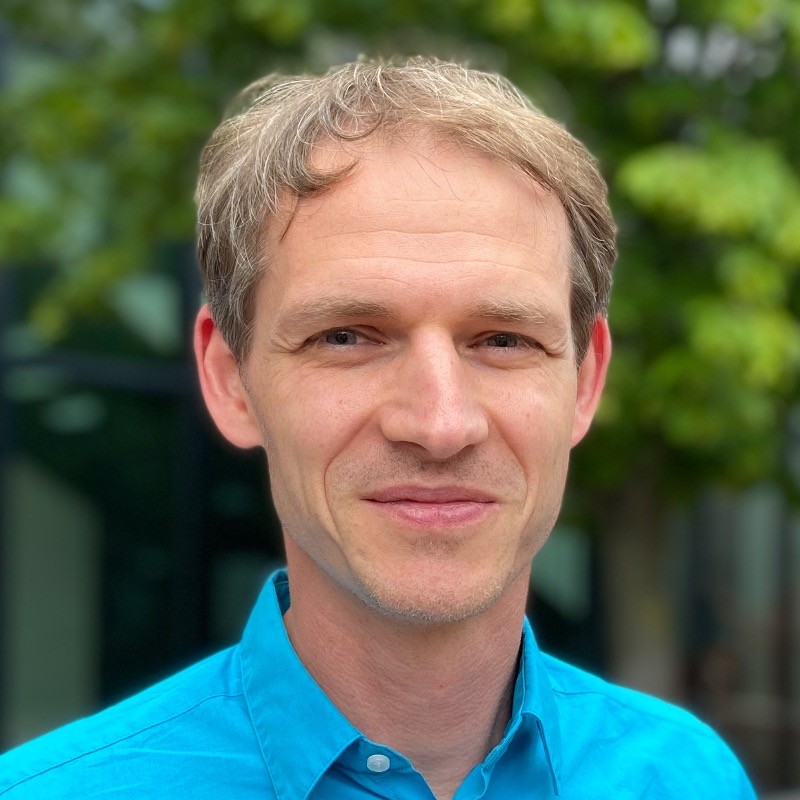
Jörg Schaarschmidt works in the research department for Multiscale Material Modeling and Virtual Design at the Karlsruhe Institute of Technology and has been actively shaping the MaterialDigital platform for 4 years. Together with Tilmann Hickel, he leads the workflow team and is part of the architecture team. After his PhD in Life Sciences at the University of Leipzig, he worked as a postdoc at the University of Utrecht in the Netherlands.
The most exciting aspect of the MaterialDigital initiative for me is the collaboration across different fields to advance materials science. The integration of digital technologies and the development of innovative tools within the various Material Digital projects significantly enhance our ability to design and simulate better materials
From my perspective, the greatest challenge for the platform but also the funded projects of the initiatives MaterialDigital is transitioning from a traditional approach, where solutions are developed individually and published at the end, to a collaborative effort that integrates the community throughout the process. This shift requires a new mindset, open communication, and shared resources, making it a significant hurdle but also a tremendous opportunity for innovation and faster development.
Ich hoffe auf eine Zukunft, in der die Digitalisierung einen nahtlosen Übergang von theoretischen Modellen zu praktischen Anwendungen ermöglicht und so die Entwicklungszeiten für neue Materialien erheblich verkürzt und zu einer nachhaltigeren Welt beiträgt.
During my PhD in the Life Sciences, I had the privilege and challenge of working very independently. My research focused on the structural fundamentals of the activation of specific hormone receptors. I developed a method to experimentally demonstrate the spatial proximity of two components of the receptor. The most rewarding moment for me as a researcher came after several weeks of intensive work when the results not only provided the crucial structural information but also validated the practicality of this new approach. You can find out more in the paper.
Stay curious, embrace interdisciplinary learning, and never underestimate the value of collaboration across fields. Today's challenges require holistic solutions. You can be part of the solution.
For me, both personally and as a researcher, the importance of sustainability and mindfulness towards our resources. It's about recognizing the finite nature of the materials and energy we utilize and striving for a future where materials science, powered by digital tools especially in connection to recent advances in AI, drastically accelerates the development of sustainable and innovative materials. These advancements should be accessible globally, fostering solutions for some of the biggest challenges, such as energy, environment, and health.